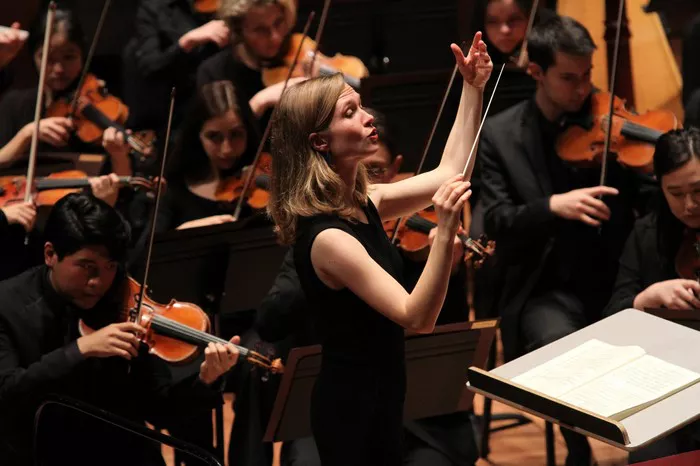Claude Debussy, a luminary in the realm of classical music, left an indelible mark with his innovative compositions that defied traditional norms. His works, characterized by their evocative imagery, rich harmonies, and unique tonalities, continue to captivate audiences and musicians alike. In this comprehensive guide, we delve into some of the best Debussy pieces that showcase his genius and enduring legacy.
Debussy: A Pioneer in Musical Expression
Before delving into specific compositions, it’s crucial to understand Debussy’s revolutionary approach to music. Born in 1862, Debussy challenged the conventions of his time, embracing impressionism and symbolism in his compositions. Unlike the structured forms of the Romantic era, Debussy’s music emphasized mood and atmosphere, often evoking scenes from nature or conveying abstract emotions.
Debussy’s 7 Timeless Masterpieces
1. Clair de Lune (Suite Bergamasque)
Arguably Debussy’s most famous work, “Clair de Lune” embodies the essence of impressionism. Composed in 1890, it is the third movement of the Suite Bergamasque. The piece, with its gentle, shimmering melodies and cascading arpeggios, paints a vivid nocturnal landscape, evoking moonlit serenity and introspection. Its enduring popularity has made it a staple in piano repertoire, beloved by musicians and listeners worldwide.
2. La Mer (The Sea)
Moving beyond solo piano works, “La Mer” stands as a masterpiece in orchestral composition. Debussy’s fascination with the sea is vividly expressed in this symphonic suite, composed between 1903 and 1905. Divided into three movements—”From Dawn to Noon on the Sea,” “Play of the Waves,” and “Dialogue of the Wind and the Sea”—the piece captures the vastness, dynamism, and mystique of the ocean, employing innovative orchestration techniques and harmonic explorations.
3. Prelude to the Afternoon of a Faun (Prelude a l’apres-midi d’un faune)
Debussy’s orchestral poem, inspired by Stéphane Mallarmé’s poem of the same name, heralded a new era in musical expression. Composed in 1894, this piece is a quintessential example of Debussy’s impressionistic style, blending dreamy textures, sensual melodies, and rich harmonic colors. Its influence on 20th-century music, particularly in its use of musical symbolism and fluid tonality, is profound.
4. Images for Piano
Debussy’s Images is a collection of three suites for solo piano, each showcasing his mastery of impressionistic techniques. The suites—Images I (1905), Images II (1907), and Images III (1905–1912)—transport the listener through a kaleidoscope of musical imagery, from pastoral scenes to exotic locales. Notable pieces within these suites include “Reflets dans l’eau” (Reflections in the Water) and “Mouvement” (Movement), exemplifying Debussy’s ability to evoke visual and emotional landscapes through music.
5. String Quartet in G Minor, Op. 10
Debussy’s only string quartet, composed in 1893, showcases his departure from traditional forms while retaining structural integrity and expressive depth. The quartet, with its innovative use of timbre, chromaticism, and rhythmic fluidity, marked a significant evolution in chamber music. Movements such as the expressive second movement (Assez vif et bien rythmé) and the introspective third movement (Andantino, doucement expressif) highlight Debussy’s nuanced approach to string writing.
6. Children’s Corner
Written between 1906 and 1908, Children’s Corner is a suite for solo piano dedicated to Debussy’s daughter, Claude-Emma. Playful and whimsical, this collection of six pieces captures the innocence and wonder of childhood. From the mischievous “Jimbo’s Lullaby” to the lively “Golliwogg’s Cakewalk,” Debussy infuses each piece with charm and imaginative storytelling, making it a favorite among pianists of all ages.
7. Suite bergamasque
While “Clair de Lune” is often the highlight of the Suite Bergamasque, the entire suite deserves recognition for its beauty and innovation. Composed in 1890, it comprises four movements: “Prélude,” “Menuet,” “Clair de Lune,” and “Passepied.” Each movement showcases Debussy’s flair for nuanced expression, from the delicate arabesques of the “Prélude” to the lively dance rhythms of the “Passepied.”
Debussy’s Enduring Influence
Debussy’s impact on music extends far beyond his lifetime. His exploration of new harmonies, tonal colors, and musical forms laid the foundation for 20th-century composers, from Ravel and Stravinsky to Messiaen and beyond. His legacy continues to inspire contemporary musicians across genres, from classical pianists interpreting his solo works to jazz musicians reimagining his harmonic palette.
Conclusion
In conclusion, Claude Debussy’s contributions to music are nothing short of revolutionary. His ability to transcend traditional boundaries and evoke vivid imagery through sound has left an indelible mark on the musical landscape. Whether through his enchanting piano works, orchestral masterpieces, or chamber music innovations, Debussy’s music invites us into a world of beauty, emotion, and boundless imagination. As we explore the best of Debussy’s pieces, we embark on a journey through the depths of musical expression, guided by the visionary genius of one of history’s greatest composers.

